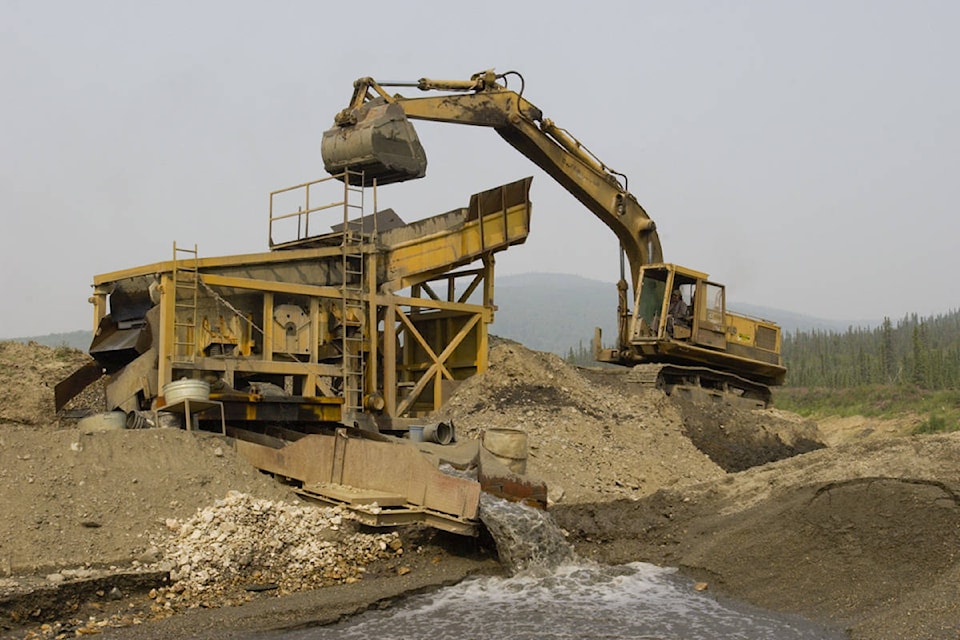Sebastian Jones | Special to the News
Yukon is one of the only jurisdictions in Canada without any wetlands policy, let alone a Wetlands Protection Act.
There is a general consensus that wetlands warrant special status in Yukon: One of the few items that almost everyone agreed upon in the Yukon protected area strategy debate was the need for protection of wetlands.
The Yukon Water Strategy calls for a wetlands management policy.
So why do we not have one?
To answer that, we can consider what activities take place where wetlands are.
Wetlands are generally found in valleys, where the climate is warmer and the soils are richer. That makes these areas more suitable for humans to live and farm. We have already seen the Lake Laberge Shallow Bay wetlands sold off and converted to residences and farmland.
Further north, most placer mines occur in river valleys. Most of the lower Klondike Valley, and its tributaries such as Bonanza and Hunker Creeks, have had their wetlands overturned in the search for gold. The Indian River, home of the most extensive wetlands in the Klondike, is completely staked and placer miners have plans to mine all of it.
So it is difficult for government to do what they know they need to do and protect the most biologically important landforms in Yukon — because of pressure from special interests.
However, things are changing and we now have a better opportunity to protect the remaining wetlands than ever before. We have the Yukon’s modern land claim agreements to thank for this. The Umbrella Final Agreement imposes rigorous, transparent decision making on governments, making it harder for them to disregard environmental and social concerns in favour of short-term political goals.
A good example of how this works is happening in the Indian River.
In 2015, an Indian River placer miner submitted a proposal to the Yukon Environmental and Socio-economic Assessment Board for a placer mine that would dig up a large chunk of the remaining wetlands. The Tr’ondëk Hwëch’in, Yukon Conservation Society and the First Nation of Nacho Nyak Dun all weighed in with concerns about how much of the remaining wetlands would be mined.
YESAB agreed and recommended that the wetlands should be avoided and that mining could not occur in wetlands because the type of wetlands prevalent in the Indian River are fens and bogs which take thousands of years to develop — thus, mining damage cannot be mitigated.
Yukon’s mining-friendly regulator overturned this recommendation, and decided that the miner could proceed.
However, the Yukon Water Board (YWB), which has to issue a water license before a mining permit can be issued, agreed with YESAB, the First Nations and YCS that the value of the wetlands was such that the wetlands should be avoided, and issued a water license that contravened the government’s decision document.
The government was incensed and took the YWB to court. The YWB eventually backed down, but in the interim, an agreement was struck between the First Nations and Yukon that before a mining license could be issued, the mining company had to produce a scientifically defensible wetlands reclamation plan.
Bear with me here. This is where it gets really important.
Before wetlands reclamation plans can happen, there needs to be some guidelines on what those plans should include.
Currently, guidelines for placer mining in wetlands — that is, guidelines for wetland reclamation — are the subject of intense negotiations between the placer miners and the old guard at the Department of Energy, Mines and Resources on one side, and the First Nations and the more forward-thinking folks in government on the other.
I am very concerned by how these guidelines are shaping up. They are essentially a blueprint for how to mine in wetlands, rather than rules about how to look after our wetlands.
It is not too late to turn things around, however it will be much harder to do so if we continue to:
• Make wetlands mining rules before we have wetlands protections in place, and
• Exclude the public from the process.
Therefore, consistent with its mandate, and acknowledging the importance of intact wetlands, YCS is calling on all governments in Yukon to commence a public consultation, leading towards the ultimate goal of a world-class, nation-leading, made–in-Yukon Wetlands Protection Act.
Sebastian Jones is an energy analyst with the Yukon Conservation Society. He lives in West Dawson.
